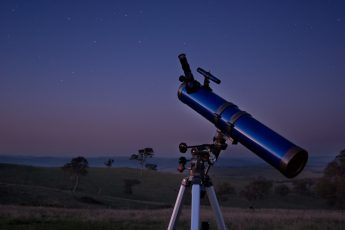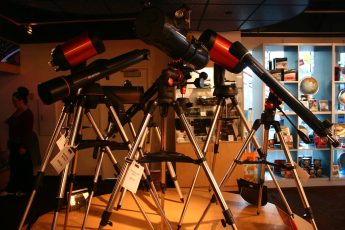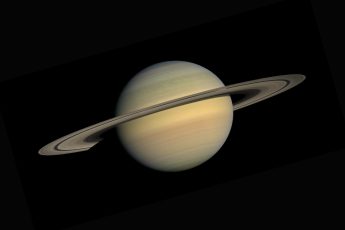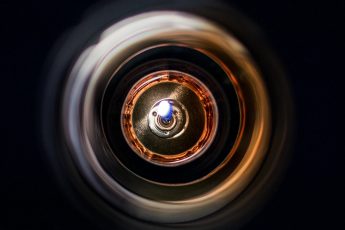Technologies provide us with great astronomical tools, but here we will see some tips to choose the right one so that you can really enjoy the night sky and observe fascinating celestial objects.
Choose a telescope that works for you. Don’t be concerned with the color or shape of the telescope – think about durability, efficiency, and optical power levels. Furthermore, opt for a telescope that is easy to tote around and that you can use with your friends and family. A great choice can last a lifetime.
What size telescope do you need?
The size of the telescope you purchase is dependent on a few factors. The first is how much closer you want to get to an object. A smaller telescope will suffice if you look at something close by, like the moon. But if you hope to see distant objects in space and are willing to spend more money on your equipment, look for something with more power (or aperture).
The second factor is what kind of objects you want to see. Are they far away, such as galaxies or stars? Or are they closer, like buildings and cars on earth? The third factor is how long you plan on using your telescope. Will it just be used once in a while, or will it be used regularly throughout several months or years?

Go for a refractor telescope
- A refractor telescope is best for long-distance viewing and low-light conditions. Refractors are the simplest type of telescope, consisting of a lens or series of lenses that focus light onto a flat mirror positioned at 45 degrees to direct it through the eyepiece. This design creates an erect image that appears higher off the ground as you look through it than with other telescopes. Refractors can be used for planetary viewing and astrophotography, but they’re not ideal if you want to see deep space objects like galaxies or nebulae because they don’t collect enough light to make them visible against bright star fields (though some models come equipped with additional lenses that help increase brightness).
- If you plan on observing celestial objects such as comets, planets, binary stars, and galaxies in addition to night sky wonders such as meteors and double stars, you’ll likely want a Newtonian reflector.
These telescopes are the most versatile and commonly used by amateur astronomers. They consist of a parabolic mirror that reflects light into an eyepiece, so images appear upright, and the entire assembly sits flat on the ground. Newtonians are great for viewing objects in space because they have large apertures that collect lots of light.
How much do you want to spend on a telescope?
The amount of money you spend on a telescope will depend on a combination of factors, including your budget and how you plan to use the scope. If you’re looking for something just for basic stargazing, then any old telescope will do even though some department store telescopes can provide enjoyable views of the moon and planets.

However, if you want something more robust to see deep-sky objects like nebulae or galaxies in detail, then it’s worthwhile investing more money into one of our higher-end telescopes. We review telescopes all over this site, with many coming in at under $200 while others cost thousands! That’s why we’ve put together this guide on how much you should spend on a telescope based on what type of viewings are most important to you and how much money is in your budget.
Pick a model that comes with a good warranty.
Warranties are essential for any product, and telescopes are no exception. A good warranty is a good indicator of the quality of the product, and it can help you avoid experiencing hassles when something goes wrong.
The length of a telescope’s warranty should be considered in conjunction with other factors (such as brand reputation), but generally speaking, more extended warranties are better than shorter ones. 5 years seems like a reasonable minimum duration for an entry-level telescope; higher-end models may come with 10-year or lifetime warranties which are better still.
Some manufacturers offer full coverage on parts and labor while others only cover parts—this is worth looking into before making your purchase decision, so you know exactly what kind of support is available if something breaks down over time. Warranties also typically cover shipping costs if repairs need to be done at the factory instead of locally (or if some other unique circumstance arises).
Choosing the right telescope makes a big difference.
Knowing what kind of scope will suit your needs is essential if you’re hoping to take advantage of stargazing through a telescope. The type and size of your telescope will depend on how much you want to spend, your budget, and how much you want to stargaze (or view planets). Though these factors may seem unrelated at first glance, they all come into play when choosing a scope.

A good telescope will provide a clear view of the stars and planets in our solar system—not just by being able to see farther than other scopes or having higher magnification power than others—but because its image quality is better overall due to superior optics explicitly designed for astronomy use rather than terrestrial applications like hunting or bird-watching where long distance views aren’t necessary as often if at all!
Conclusion
A telescope is not the same as buying a new pair of shoes. You can get away with cheap shoes, but not with a cheap telescope. Your choice will determine how much of the night sky you can see and whether your views are clear and crisp or fuzzy and blurry. So before you shop for an instrument, think about how much money you want to spend and what type of view you prefer—a wide field of view or sharp details? Then use our guide as your starting point to find the perfect model for stargazing adventures!






